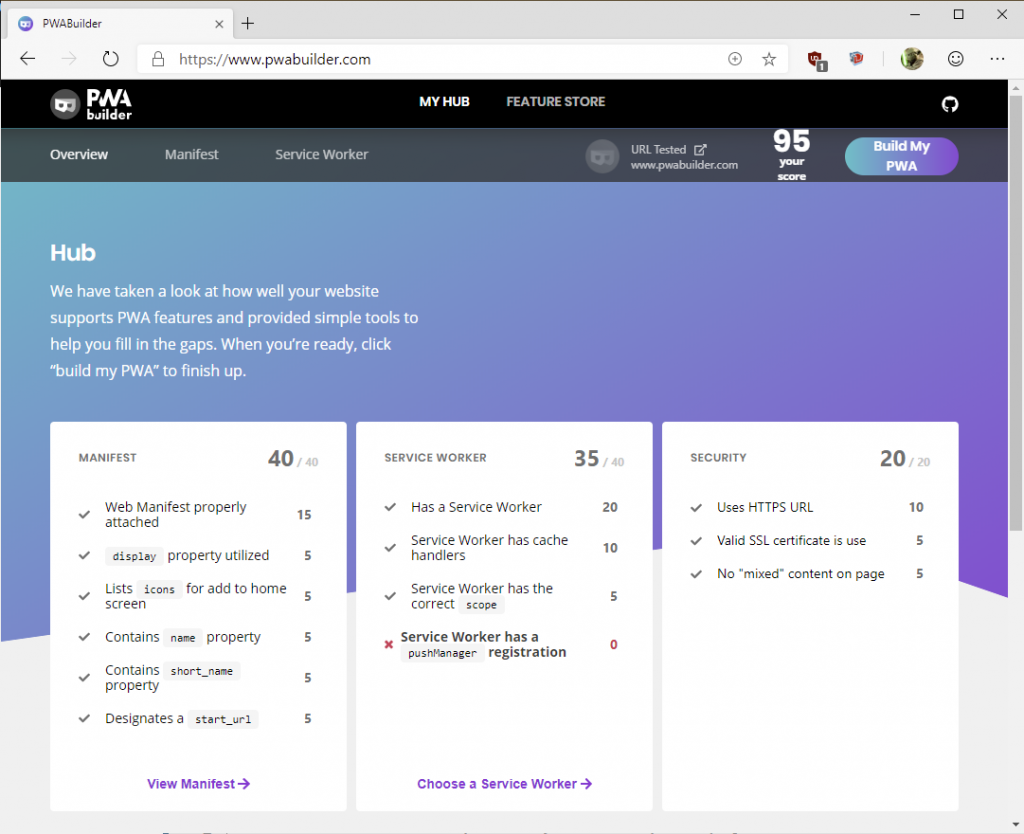


That means the app may work with the phone’s camera, address book, pictures, or another native functionality found on the phone.

Native apps are built specifically for certain operating systems and they’re “native” to that device. If you remember the apps of years past, chances are they were native mobile apps. The hard part is: building an app is tough work, especially if you want to build a native mobile app. In fact, most companies would love to add a mobile app to their business. 2.Are you looking to build a mobile app? If so, you are certainly not alone. As a result, they doubled the number of web users who place orders each day, with desktop users now ordering at about the same rate as mobile users. The PWA is 99.84% smaller than Starbucks’ existing iOS app, making the web app a favorite amongst its users. By launching the new ordering PWA, Starbucks has already seen significant results. Once online, they can view location-specific pricing and place their food and drinks order.Īs most of the PWA is available without network connection, it’s great for on the go customers who may go in and out of connectivity throughout the day or emerging markets like rural communities where the connection is less reliable. In other words, with its capability to run in offline mode, Starbucks PWA allows their customers to browse the menu, customize their orders, and add items to their carts – all without consistent access to the internet. StarbucksĪiming at providing accessible, user-friendly online ordering to all of their customers, Starbucks built a PWA of the ordering system on the web, which delivers a similar experience to their existing native app.

Here is a list of impressive Progressive Web App examples across a variety of industries – so you can experience the new web technology yourself. To deeply understand how a Progressive Web App differ from conventional responsive websites, the best way is to look at some good examples of PWAs. Supported by Google, the front-end technology aims at delivering a high level of performance regardless of device or network condition. They achieve that by enhancing PWAs with native-app qualities that are reliable, fast, and engaging. While receiving lots of attention, the concept of PWAs is relatively new to most people. As a consequence, websites across industries are utilizing a new standard called Progressive Web Apps (PWAs) to improve their performance. It’s no secret that performance is vital to the success and profitability of any online venture.


 0 kommentar(er)
0 kommentar(er)
